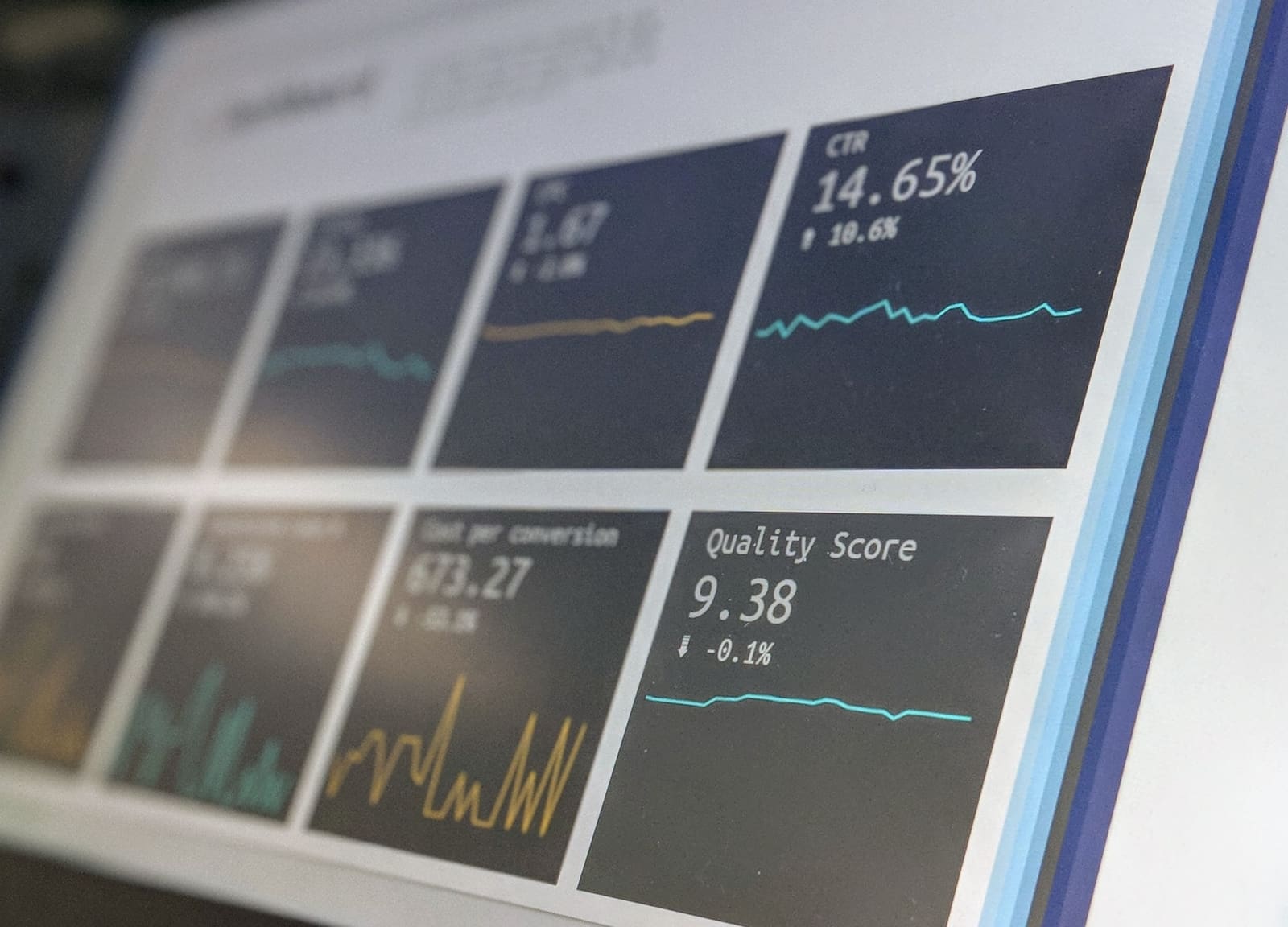Networked Cloud Data Warehouse | Zetaris
Scattered and disparate data environments are the norm for most enterprise BI architectures. Customers seeking to move to a modern cloud data...

Over the last few years, Zetaris has been helping clients get closer to their customers by building deep analytics applications embedded in customer interaction technologies. Through several learning cycles we've distilled what works and what is problematic when trying to influence customer behaviour through permission based interaction in real-time. In this article, I've tried to offer these learnings and insights into how In-context Real-time Interaction may be brought to life.
We're all talking about the amazing opportunities this digitally transformed device driven world presents to business. Every client I meet aspires to execute on digital strategies that create new experiences for their customers. From offering discounts when customers walk by their stores, to pre-configuring new insurance plans when a customer goes on an adventure holiday; we're all hoping to win the customers heart by being relevant, significant, valuable and timely. HOWEVER, without building on a proven interaction framework, the risk is that your offer, advice or other type of interaction will only serve to enrage the customer.
We've built a business and technical framework around the three key success factors for In-context Real-time Interaction. These concepts have proven to act as an important guide when designing business processes and enabling technology.
The key success factors for In-context Real-time Interaction are:
Step 1 - Know the customer
The baseline for this step (Know the customer) is to know about them what they think you ought to know. For a bank, this means any offer, communication or interaction should be informed with up-to-the-minute customer information including the customers current wealth profile, credit score, profitability, past marketing offers, current operations centre actions, the context of past banker meetings, etc.
The challenge is that to have an up-to-the-minute 360 degree view of the customer, you can't rely on having to move the data into a central data warehouse (or data lake). One has to be able to produce a holistic view of the customer with no latency. You can't wait for the data to be extracted, translated, loaded and integrated . This might sound too idealistic, or even impossible, if your are hooked on old style big data, BI or Data Warehousing; but, imagine what would happen if you received a marketing offer on your phone offering a new credit limit increase after you just informed the call centre that you want to reduce your overall debt.
To produce a 360 degree view of customer with no latency, you need to be mixing data in the stream (real-time data) with your historic data (in the data warehouse or lake) - this can only be done effectively through an analytical data virtualisation layer.
Step 2 - Know the context
Its one thing to understand the customer from a current or historic relationship perspective, however, when considering a real-time permission based interaction, what's equally important is to understand the customer's current context. What's happening right now, what is the customer doing and where they are? For instance, if a customer is having a joyous moment with their family (perhaps they are at their daughter's basketball final), an out of context interaction, such as an inappropriate marketing offer, could be the reason they'd leave.
Contextual information tunes the mode, content and sentiment of any communications or other interactions. Context is detected through data analysis. It's hidden in textual, geo-spacial, image, video, transaction and other multi-structured data. Like historic customer data, contextual information is contained in different disparate data stores.
A retailer may have a free wifi service with customer clickstream data in a web application database, video of customers shopping streaming on a video server, store loyalty data in a database and a customers device may be collecting GPS data. In order to join the dots that form a view of the context, analytical technology that can handle multi-structured data that is in different places in real-time is the most effective option.
Step 3 - Understand the intent
So, you "know the customer", you "understand the context" and, now, you want to have a high value interaction, but without sensing the intent in the customer's mind, it could all go wrong.
Intent is the hardest thing to detect. It needs a much deeper level of algorithmic capabilities and must be derived from all the data you have - historic, in the stream, on the behaviours of similar customers and in every relevant data source across your data centre and the network.
At Zetaris, we use new machine learning techniques (clustering, classification, recommendation engines, etc) coupled with SQL based event detection and statistical modelling to detect intent in real-time and historic data (mixed data). And, importantly, we implement governance and privacy rules to ensure everything we do is within ethical and policy
In-context Real-time Interaction Platform - Zetaris Lightning
Zetaris is changing the data landscape in organisations by challenging the myth that data from across the organisation, or the network, needs to be centralised in order to analyse and act upon it. Zetaris' Lightning - Virtual Data Lake - is stopping this costly duplication of data, human effort, and processing.
Zetaris Lightning - the Virtual Data Lake - enables the query to be moved to the data where it lives. We give data scientists the ability to query data across the organisation, or network, without needing it to physically be in the same place. Zetaris technologies enable in-context real-time analytics for digital disruption. Through sophisticated analytical query optimisers, Zetaris Lightning ensures efficient processing across the network and handles the core challenges faced when distributing analytical workloads across your data centre.
With Zetaris Lightning, organisations don’t have to duplicate or move the data into yet another data store for analytics, reducing project timelines by a factor of 5x with a massive reduction in the total cost of project.
For more information goto www.zetaris.com

Scattered and disparate data environments are the norm for most enterprise BI architectures. Customers seeking to move to a modern cloud data...
 Read More
Read More

1 min read
Making complex queries across external databases is why you need a Data Mesh A Virtual Data Warehouse (VDW) enables a join of data across many data...